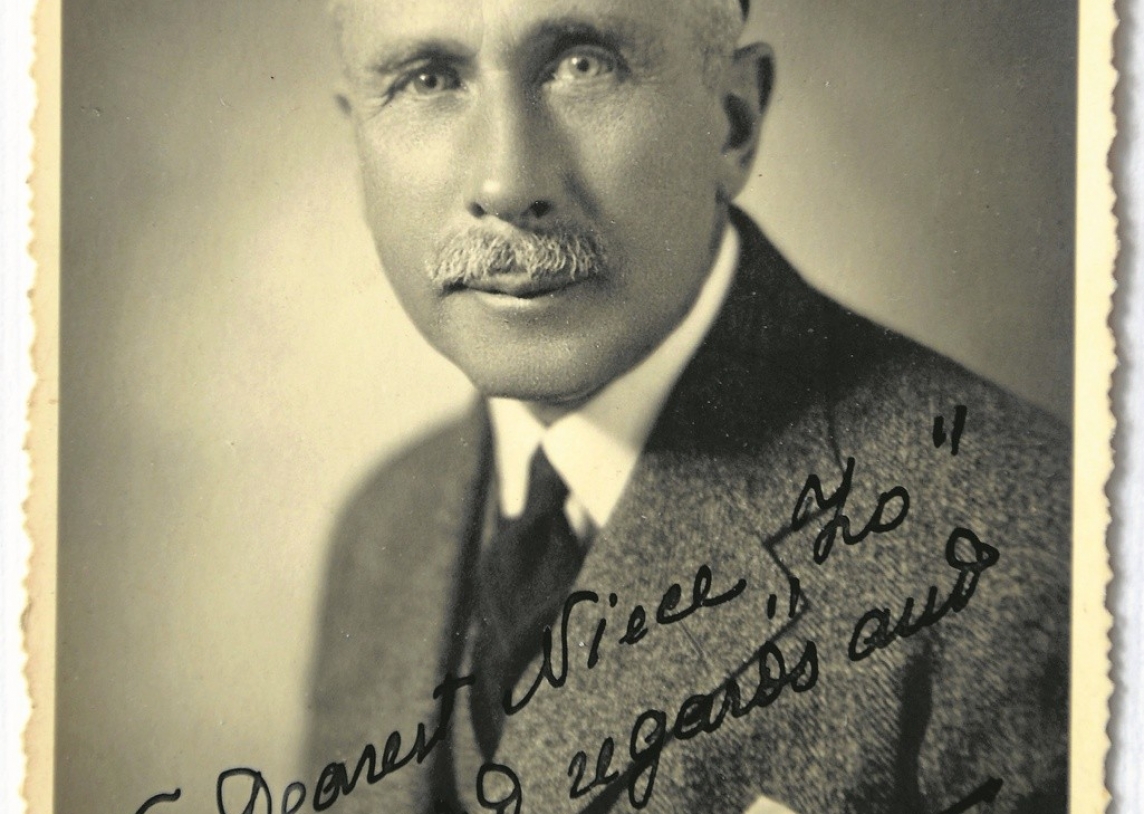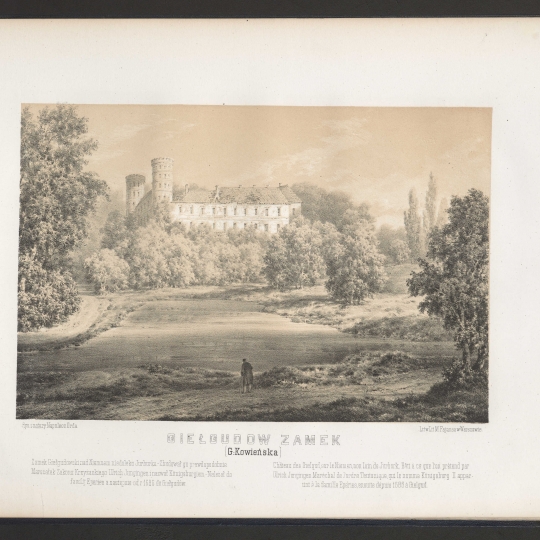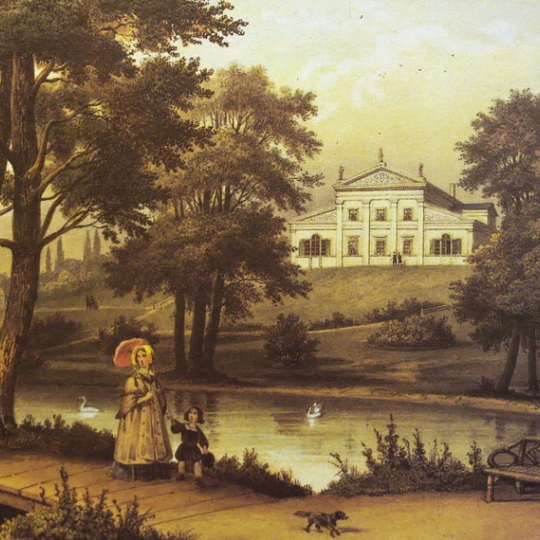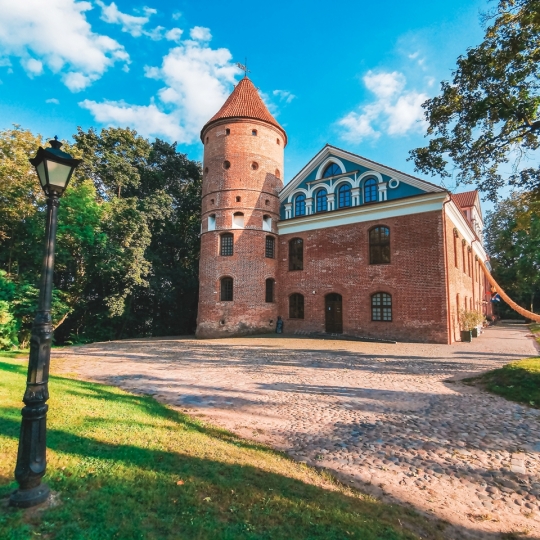Articles
Lithuanian manors captured by the artists: history in the works of art
2020 02 27The artist’s brush often becomes a tool for preserving history. Many works of art capture Lithuanian manors and castles at various periods. In the era of Romanticism, the 19-20th centuries, the artists turned to the past and discovered the traces of idealized historical grandeur in old manor houses that had served as the centers of the area for centuries with their heritage buildings.
Some artists would travel across the country with their tools to create the entire collections of paintings capturing magnificent castles and manors. Napoleon Orda (1807–1883) was one of them; he sought to capture historical buildings for generations to come and created about one thousand architectural landscapes. There were also proprietors who had a passion for art (and perhaps also felt a duty and realized the importance of documenting the heritage): Mieczysław Jałowiecki (1876–1962), the owner of the Saldutiškis Manor, captured over a thousand manor buildings adding detailed information about the owners of the manors, the architects, etc.
Castles and manors - architectural monuments revealing their magnificence or witnesses of history with the burden of time on their shoulders - have inspired many artists thanks to whom we can now enjoy their works that tell a story.
The selected paintings, watercolors, and drawings of the 19th-20th centuries depict Lithuanian castles and manors. We invite you to admire and compare the images captured by the artist’s brush (sometimes a century or several centuries ago) with those of today’s photography.
For more fun facts and news about Lithuanian castles and manors, visit our Facebook profile PAŽINKIME LIETUVOS DVARUS.
Castles and manors - architectural monuments revealing their magnificence or witnesses of history with the burden of time on their shoulders - have inspired many artists thanks to whom we can now enjoy their works that tell a story.
The selected paintings, watercolors, and drawings of the 19th-20th centuries depict Lithuanian castles and manors. We invite you to admire and compare the images captured by the artist’s brush (sometimes a century or several centuries ago) with those of today’s photography.
For more fun facts and news about Lithuanian castles and manors, visit our Facebook profile PAŽINKIME LIETUVOS DVARUS.
Any suggestions or comments? Leave us a message:





















